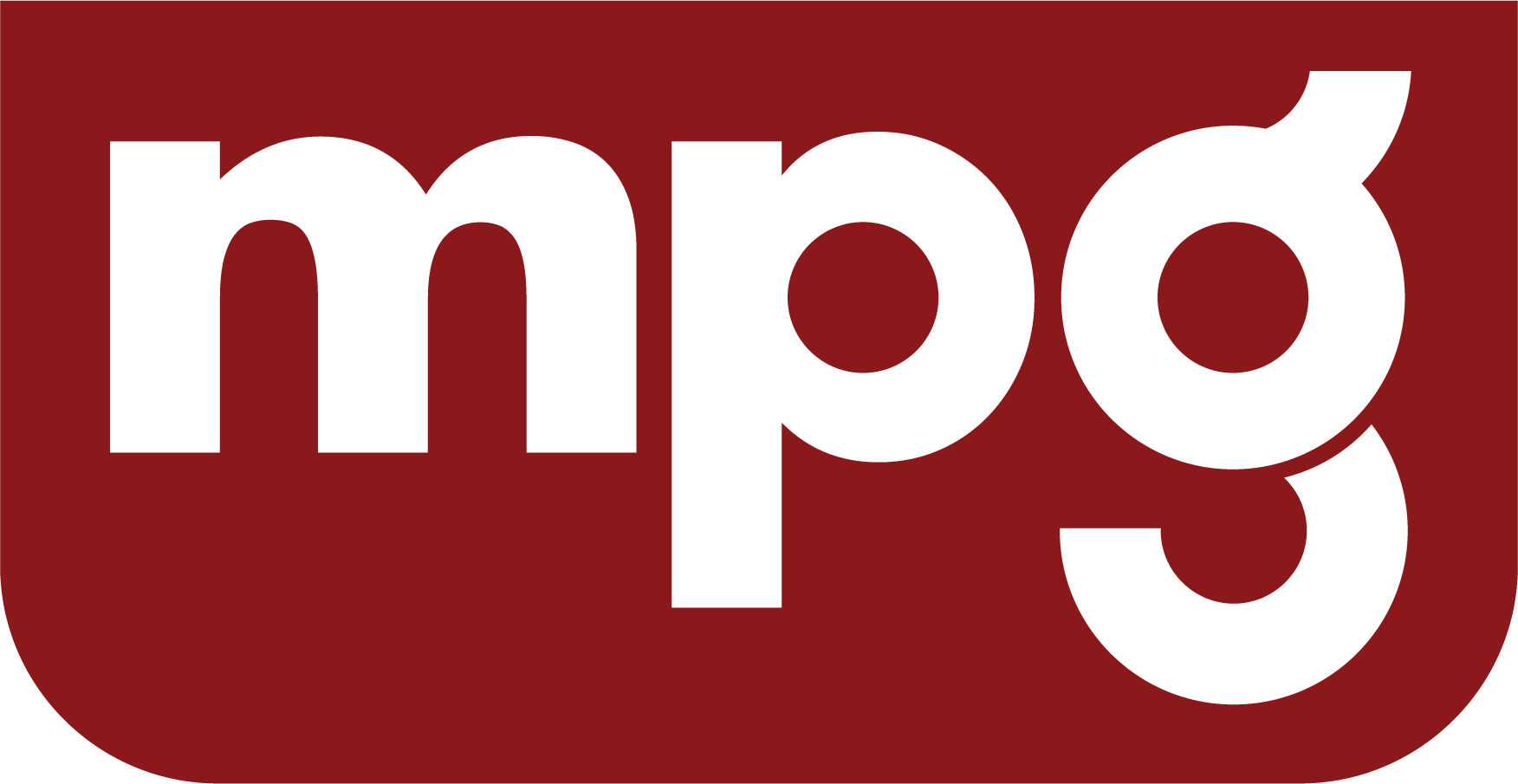menu
menu
Menu
cancel
- arrow_back_iosBacknavigate_nextpersonPersonal
- groupCommunities
- articleBlogs
- eventEvents
- sourceTemplates
- question_answerQuestions
- schoolLearning
- business_centerBusiness
- live_helpFAQ
- This question examines the practices and policies that boards can implement to maintain independence, such as having independent board members, establishing clear conflict of interest policies...
- This question looks at how boards are involved in identifying, assessing, and mitigating risks, as well as their role in guiding organizations through crises. It also considers tools and strat...
**What are the key components of an effective Enterprise Risk Management (ERM) framework, and how can organizations ensure its successful implementation across various departments?
2. **How do emerging risks, such as cybersecurity threats and regulatory changes, impact the development and evolution of an organization's Enterprise Risk Management strategy?
3. **In what ways can quantitative and qualitative risk assessment tools be integrated to enhance the decision-making process in Enterprise Risk Management?
These questions can help guide discussions and analyses on how organizations approach managing risk at an enterprise level.?
**What are the primary differences between an internal audit and an external audit, and how can organizations effectively prepare for each?
2. **How does the frequency and scope of inspections vary between industries, and what are the best practices for maintaining compliance with industry-specific regulations?
3. **What role does technology play in modern audits and inspections, and how can organizations leverage digital tools to improve efficiency and accuracy in these processes?
What are the most effective strategies for implementing employee oversight without infringing on privacy rights or creating a culture of mistrust within the organization?
